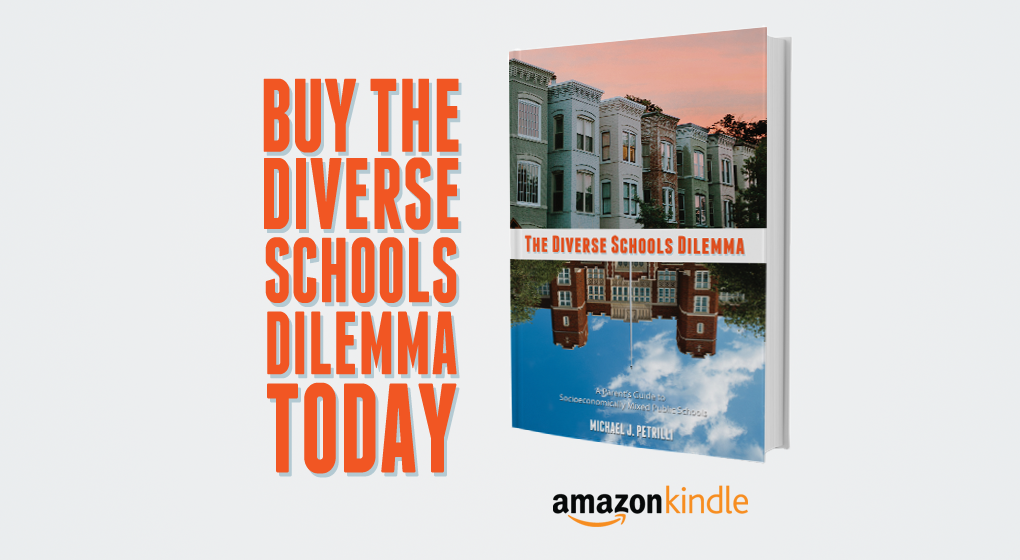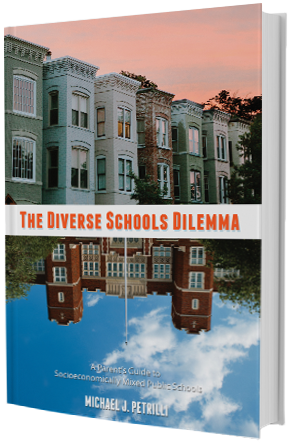What is the Diverse Schools Dilemma?
Many of today's parents yearn to live in or near the lively, culturally vibrant heart of the city-in diverse, walkable neighborhoods full of music and theater, accessible to museums and stores, awash in ethnic eateries, and radiating a true sense of community. This is a major shift from recent generations that saw middle class families trading urban centers for suburbs with lawns, malls, parks, and good schools.
But good schools still matter. And standing in the way of many parents' urban aspirations is the question: Will the public schools in the city provide a strong education for my kids?
To be sure, lots of parents favor sending their sons and daughters to diverse schools with children from a variety of racial and socioeconomic backgrounds. But can such schools successfully meet the educational needs of all those different kids? How do middle class children fare in these environments? Is there enough challenge and stimulation in schools that also struggle to help poor and immigrant children reach basic standards? Is there too much focus on test scores? And why is it so hard to find diverse public schools with a progressive, child-centered approach to education?
These quandaries and more are addressed in this groundbreaking book by Michael J. Petrilli, one of America's most trusted education experts and a father who himself is struggling with the Diverse Schools Dilemma.
What people are saying about The Diverse Schools Dilemma
-
Mike elegantly captures the choices with which parents wrestle and the research that can help inform them. He notes that many of today’s professional families would like to live in urban environments but fret about the quality of the schools their children will attend. Parents want the diversity of urban communities and their children to attend diverse schools, but they don’t want to sacrifice educational quality or put their kids in unsafe environments. Mike does a terrific job of using personal anecdotes, surprising evidence, and conversations with researchers and parents to write a fascinating and remarkably useful volume.
Frederick M. Hess, Author of Education Week's "Rick Hess Straight Up" blog
Read Full Review
-
Every parent who has struggled with choosing a school should read this book. It is deep, up-to-date, blessedly short and wonderfully personal.
Jay Mathews, Washington Post columnist and author of Class Struggle: What's Wrong (and Right) with America's Best Public High Schools
Read Full Review
-
Though it’s packed with interesting information from the scholarly research that crosses [Petrilli’s] desk, “Diverse Schools Dilemma” is written for parents. I whipped through it in an afternoon and found something that resonated on virtually every page.
Beth Hawkins, Author of the Learning Curve blog at MinnPost.com
Read Full Review
-
The Diverse Schools Dilemma is a must read for parents who want it all for their kids—that is, all parents. Blending facts and research with revealing stories about real families and schools, Petrilli helps readers take into account the whole picture: from the 3R’s to a child’s peer group and neighborhood. A vexing decision just got easier!
Bryan Hassel, co-author of The Picky Parent Guide: Choose Your Child's School with Confidence
Connect:

About Michael J. Petrilli



